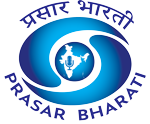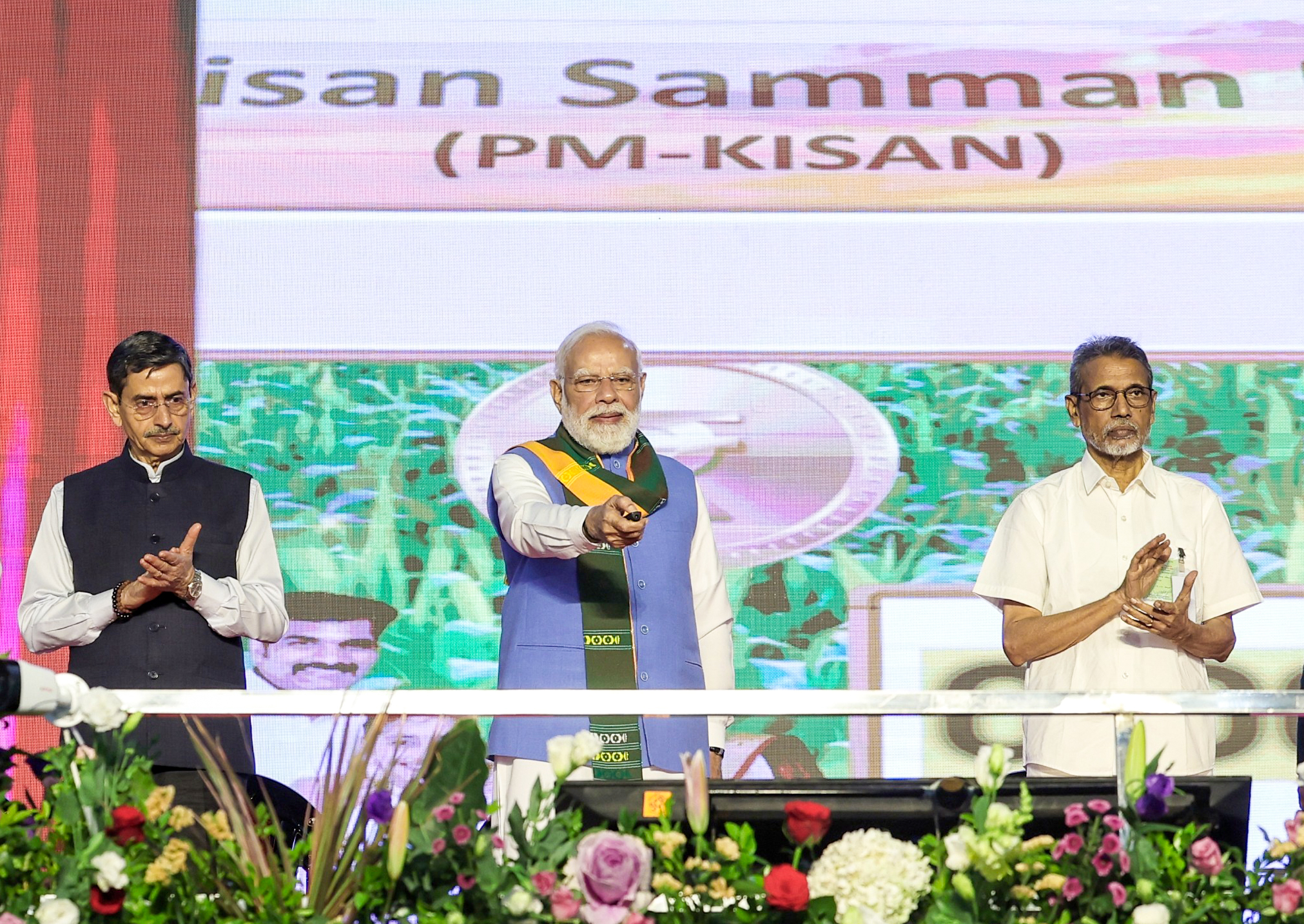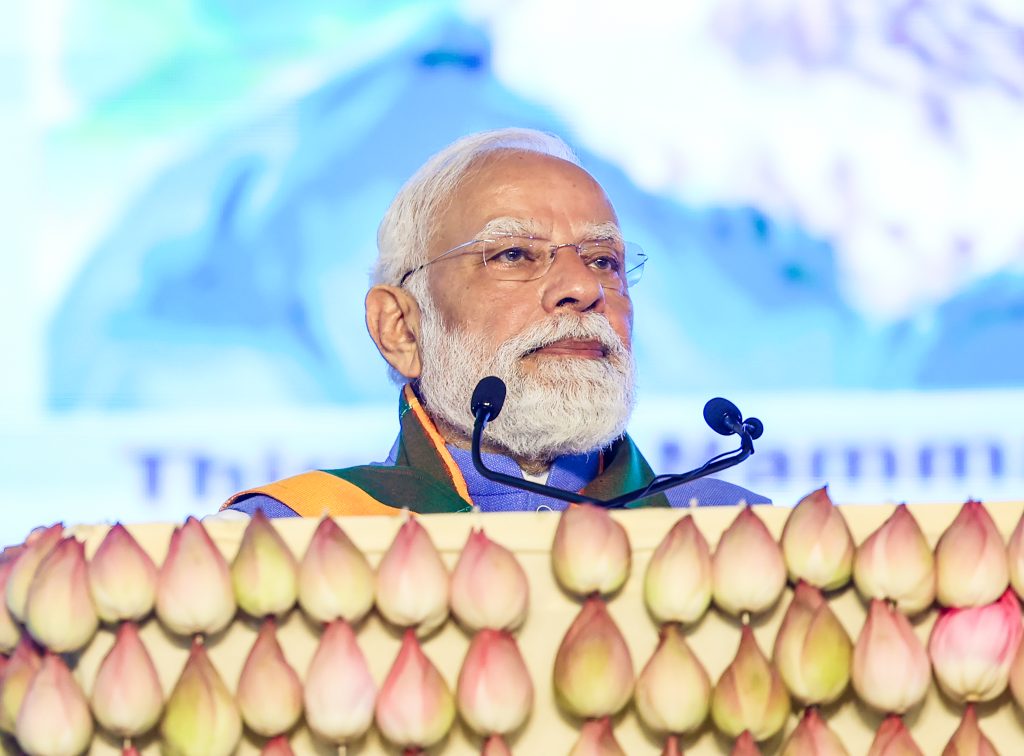Prime Minister Narendra Modi on Wednesday released the 21st instalment of the Pradhan Mantri Kisan Samman Nidhi (PM-KISAN) scheme from Coimbatore, Tamil Nadu.
Nearly 9 crore farmers across the country will receive ₹18,000 crore in financial assistance through Direct Benefit Transfer. The scheme is implemented by the Ministry of Agriculture and Farmers Welfare.
PM-KISAN, launched on February 24, 2019, provides income support of ₹6,000 per year to each eligible landholding farmer family in three instalments of ₹2,000. The amount is transferred directly to the Aadhaar-linked bank accounts of beneficiaries. Over ₹3.70 lakh crore has been paid to more than 11 crore farmer families so far, making it one of the world’s largest Direct Benefit Transfer programmes. Women farmers account for more than one-fourth of total beneficiaries.
The extensive digital ecosystem supporting the scheme has played a crucial role in ensuring transparency. Aadhaar-based e-KYC, digital verification of land records and the PM-KISAN portal have helped in tamper-proof beneficiary authentication. Farmers can self-register online, and payments are processed seamlessly through the Public Financial Management System.
Digital innovations continue to enhance accessibility. The PM-KISAN mobile app, relaunched in 2023 with a face authentication feature, enables farmers to complete e-KYC remotely and check payment status. The Kisan-eMitra AI chatbot, available in 11 regional languages, assists farmers with information on registration, eligibility and payments. It has already resolved more than 95 lakh queries.
The scheme has also been strengthened through a major saturation drive that began during the Viksit Bharat Sankalp Yatra in 2023, adding over one crore eligible farmers. Another 25 lakh farmers were included during the first 100 days of the new government in June 2024. Uttar Pradesh recorded the highest number of beneficiaries in the 20th instalment, followed by Maharashtra.
For more than 85 percent of India’s farmers who hold less than two hectares of land, PM-KISAN has served as a crucial income support system, particularly during sowing and harvesting cycles when expenses rise. It has reduced dependence on informal credit sources and supported resilience during difficult periods.
The Centre and states jointly monitor the implementation of the scheme. Beneficiary lists are displayed at the village level to ensure transparency and provide an opportunity for eligible farmers left out to get included. States and Union Territories are also mandated to recover payments made to ineligible recipients. As of August 2025, ₹416 crore has been recovered.
To ensure last-mile delivery of welfare benefits, the Ministry of Agriculture is creating a national Farmer Registry. The digital database aims to simplify access to government schemes and eliminate the need for repeated documentation by farmers.











